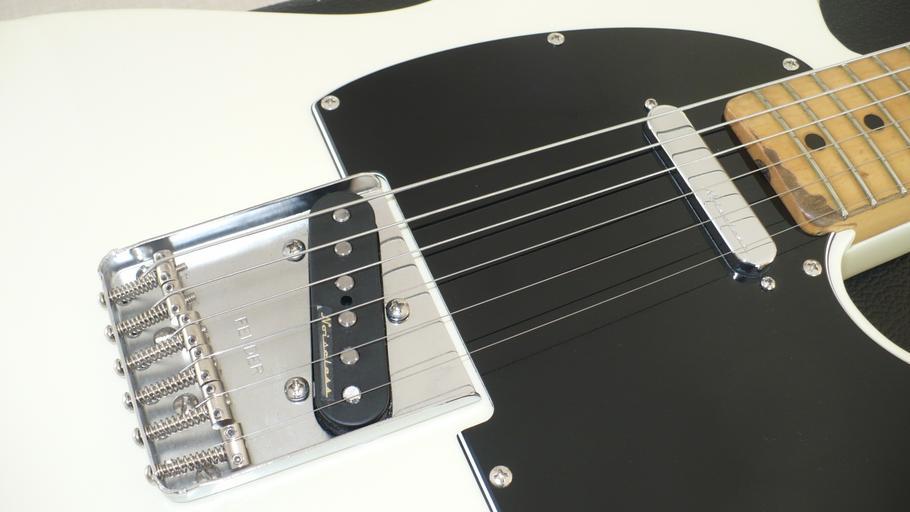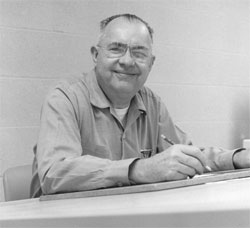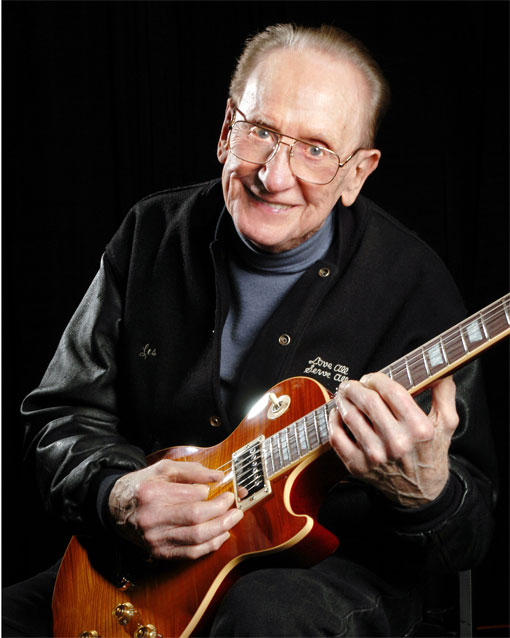Electric guitars are famous for their sound to be altered by effects pedals, processors, rack units, etc. and, of course, their amplified sound.
Electric guitars are made with solid, semi-hollow, and hollow bodies. Using an instrument cable (or wireless system) the guitar is plugged into an amplifier. Without an amp, electric guitars make very little musical sound. Most modern electric guitars have 6, 7, or even 8 strings though different variations can be seen on custom electric guitars.
The electric guitar is the result of guitarists' desire to play the guitar at a much louder volume. This became more important during the big band era, as the hollow body acoustic guitars of that time struggled to be heard along with the other instruments producing a louder sound.

Before the modern solid-body electric guitars, luthiers experimented with amplifying acoustic guitars by using microphones or tungsten pickups. Tungsten pickups were used to modify acoustic instruments to be amplified. These were usually placed in the sound hole below the strings.
Leo Fender
 In 1946 Leo Fender designed a solid body electric guitar with one pickup.
In 1946 Leo Fender designed a solid body electric guitar with one pickup.
Around the same time musician and inventor, Les Paul, was working on ideas for a solid body electric guitar which would later be referred to as a "log guitar" because it was made of a 4x4 block of wood attached to a neck.
In 1950 Fender® introduced a solid body prototype guitar called the Esquire®. The Esquire had a single pickup and was reintroduced in 1951 with two pickups, and renamed to Broadcaster®. The Broadcaster® was again renamed to its present name, Telecaster®.
Though there were other electric guitar prototypes around this time, the Telecaster® became the first mass produced solid-body, electric Spanish style guitars available on a commercial market.
The Precision Bass® was introduced by Fender® within the same year. Since the Precision Bass® had frets and could be played like a guitar, not to mention the ability to plug into an amp, bass players now had a revolutionary alternative to the acoustic bass.
Fender produced the Stratocaster® in 1954 which became very popular to musicians like Eric Clapton, Jimi Hendrix, Eric Johnson, Stevie Ray Vaughn and many others. The Stratocaster® is often copied in shape and electronics by other guitar manufacturers. Telecasters® and Gibson Les Paul® guitars are often copied also.
Les Paul & Gibson
 Gibson Guitar Corporation® endorsed Les Paul to play and bare his signature on their first solid body guitars in 1952.
Gibson Guitar Corporation® endorsed Les Paul to play and bare his signature on their first solid body guitars in 1952.
These guitars look nothing like Les Paul's original "log guitar". Gibson Les Paul® model guitars became popular with guitarists who preferred humbucker pickups. Some Les Paul Signature guitars are played and endorsed by guitarists such as Jimmy Page, Pete Townshend, Joe Perry, Slash and Zakk Wylde.
Types of Electric Guitar Pickups
Electric guitars have pickups that turn the string vibrations into an electric signal, and send it through the guitar cable and into an amplifier.
Single Coil Pickups
There are usually 1 to 3 pickups on an electric guitar which can be switched and wired to different configurations to alter the sound. Single coil pickups are popular in Fender Stratocaster® and Telecaster® type guitars. Single coil pickups tend to produce what is known as “60 cycle hum”.
Humbuckers
Humbuckers are about the width of 2 single coil pickups side-by-side and produce a thicker sound and cancel out the 60 cycle hum of single coils. Humbucker pickups can be coil-tapped which allows the guitarist to switch from the normal humbucker sound to a single coil sound made possible by an additional switch on the guitar and alternate pickup wiring.